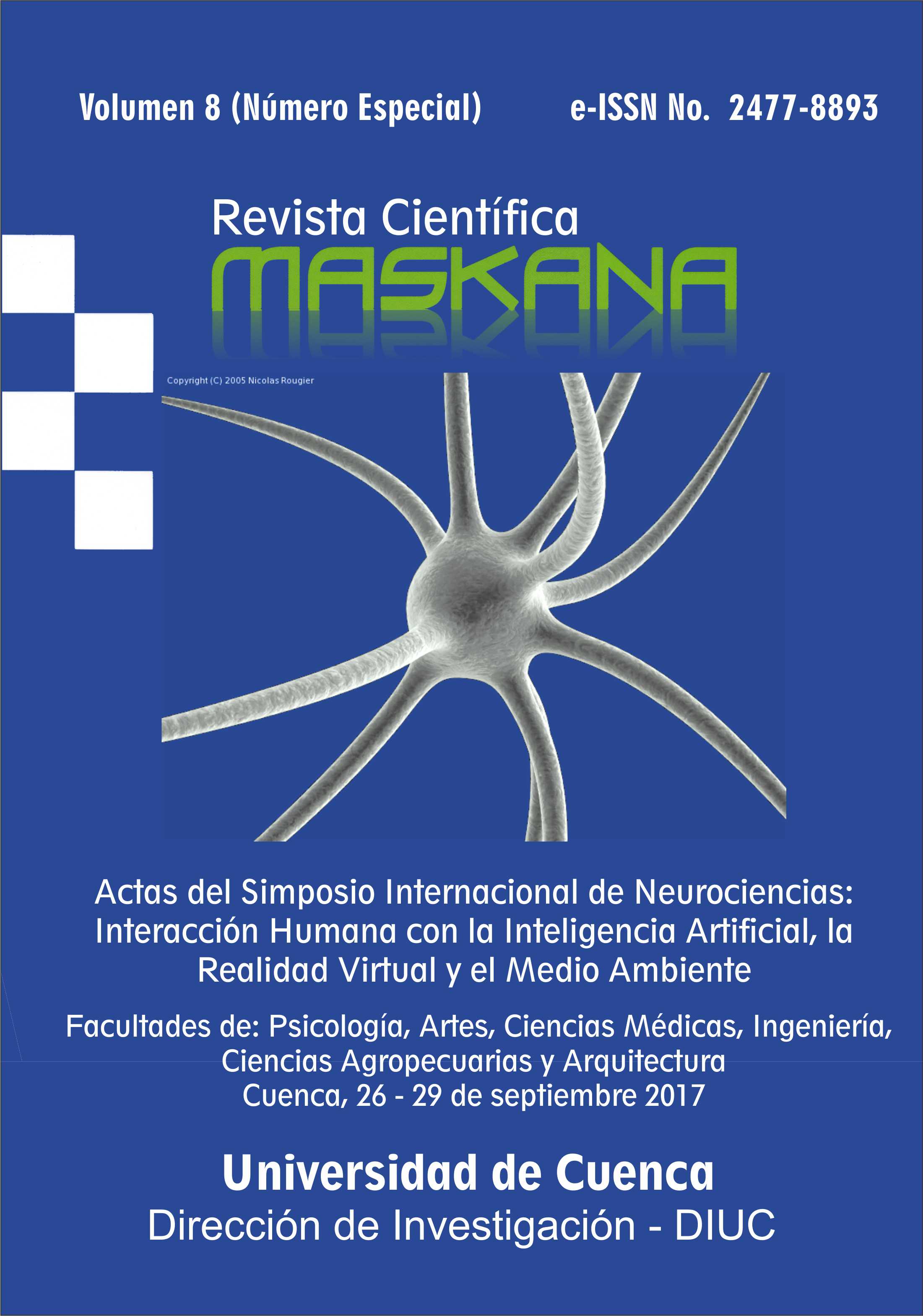Fundamentos de la biofilia y neuroarquitectura aplicada a la concepción de la iluminación en espacios físicos
Keywords:
neuro-architecture, biophilia, illuminationAbstract
This study compiles the concepts of biophilia and neuro-architecture related to the perception of comfort within spaces. These concepts were analyzed in different scenarios, using light fixture as a study factor. We conducted an experimental and empirical study asking participants to choose a place to perform a series of activities. The chosen places varied according to previously defined levels of light. Here we placed plants and other natural elements in a random manner. The laboratory in which the experiments were carried out had a big window with direct contact to an outside garden with natural vegetation and light. The results of this study show that participants, independent of the activity they performed, had a clear and innate preference for spaces that connect with natural environments and with a light level that produces a feeling of comfort.
Downloads
Metrics
References
de Vries, S., Verheij, R. A., Groenewegen, P. P., Spreeuwenberg, P. (2003). Natural environments - Healthy environments? An exploratory analysis of the relationship between greenspace and health. Environment and Planning A: Economy and Space, 35(10), 1717-1731. doi: 10.1068/a35111
Gage, F. H. (2002). Neurogenesis in the adult brain. Journal of Neuroscience, 22(3), 612-613. doi: 10.1523/JNEUROSCI.22-03-00612.2002
Haya, E. N. (2016). Smart buildings: Architects turn to brain science [News]. Recuperado el 25 de mayo de 2018, a partir de http://america.aljazeera.com/articles/2015/2/26/smart-buildings-architects-turn-to-brain-science.html
Interview with Eve Edelstein. (s/f). Recuperado el 24 de mayo de 2018, a partir de https://www.takingcharge.csh.umn.edu/interview-eve-edelstein
Kahn, P. H. (1997). Developmental psychology and the biophilia hypothesis: Children’s affiliation with nature. Developmental Review, 17(1), 1-61. doi: 10.1006/drev.1996.0430
Kahn, P. H., Severson, R. L., Ruckert, J. H. (2009). The human relation with nature and technological nature. Current Directions in Psychological Science, 18(1), 37-42. doi: 10.1111/j.1467-8721.2009.01602.x
Kellert, S. R., Wilson, E. O. (1995). The biophilia hypothesis. Island Press.
Kempermann, G., Kuhn, H. G., Gage, F. H. (1997). More hippocampal neurons in adult mice living in an enriched environment. Nature, 386, 493.
Ulrich, R. S. (1984). View through a window may influence recovery from surgery. Science (New York, N.Y.), 224(4647), 420-421.
Wilson, E. O. (1984). Biophilia. Harvard University Press.
Zeisel, J., Eberhard, J. (2006). Inquiry by design: Environment/behavior/neuroscience in architecture, interiors, landscape, and planning. 288 p. W.W. Norton & Company, Inc.
Downloads
Published
How to Cite
Issue
Section
License
Copyright © Autors. Creative Commons Attribution 4.0 License. for any article submitted from 6 June 2017 onwards. For manuscripts submitted before, the CC BY 3.0 License was used.
![]()
You are free to:
 |
Share — copy and redistribute the material in any medium or format |
 |
Adapt — remix, transform, and build upon the material for any purpose, even commercially. |
Under the following conditions:
 |
Attribution — You must give appropriate credit, provide a link to the licence, and indicate if changes were made. You may do so in any reasonable manner, but not in any way that suggests the licenser endorses you or your use. |
| No additional restrictions — You may not apply legal terms or technological measures that legally restrict others from doing anything the licence permits. |








